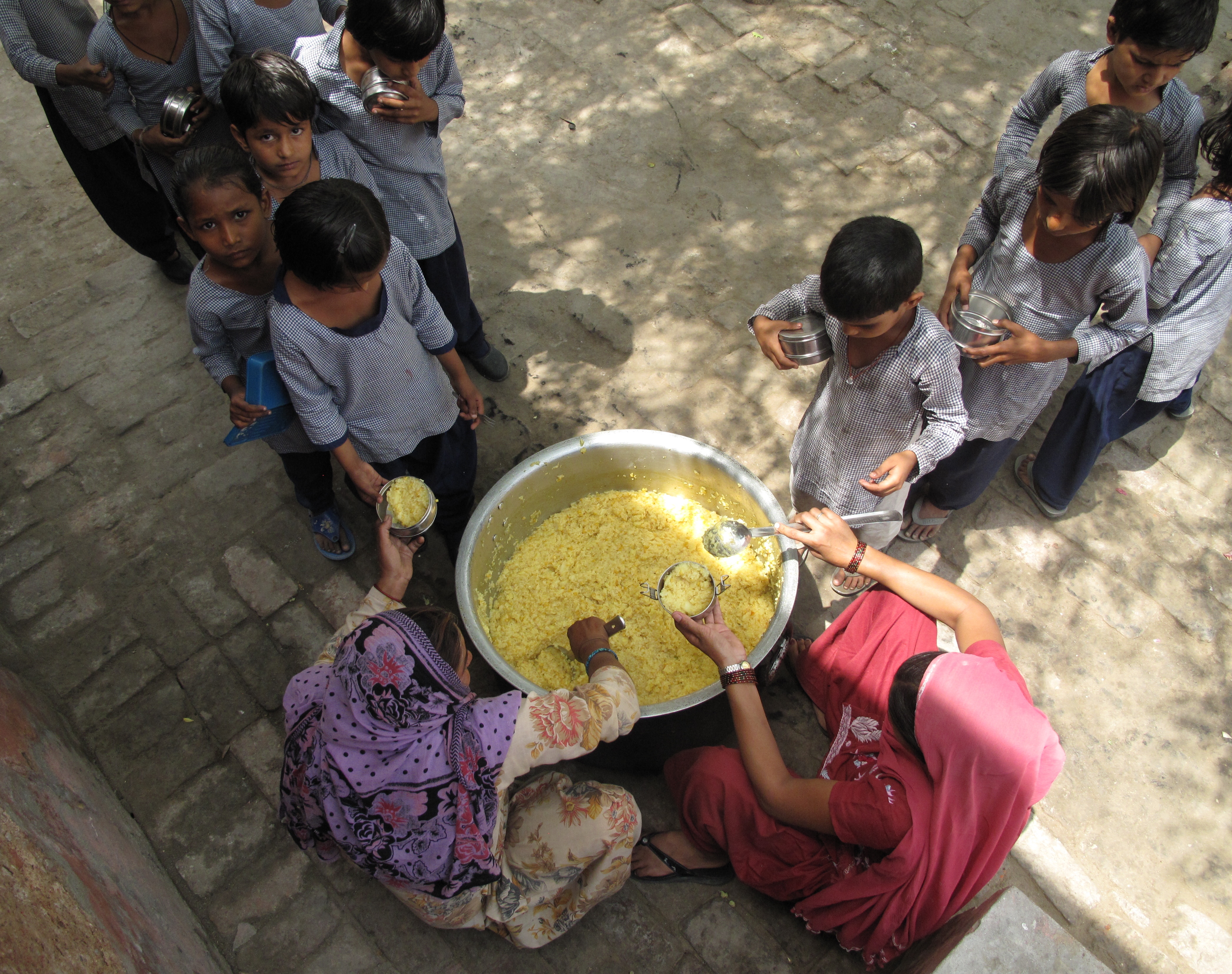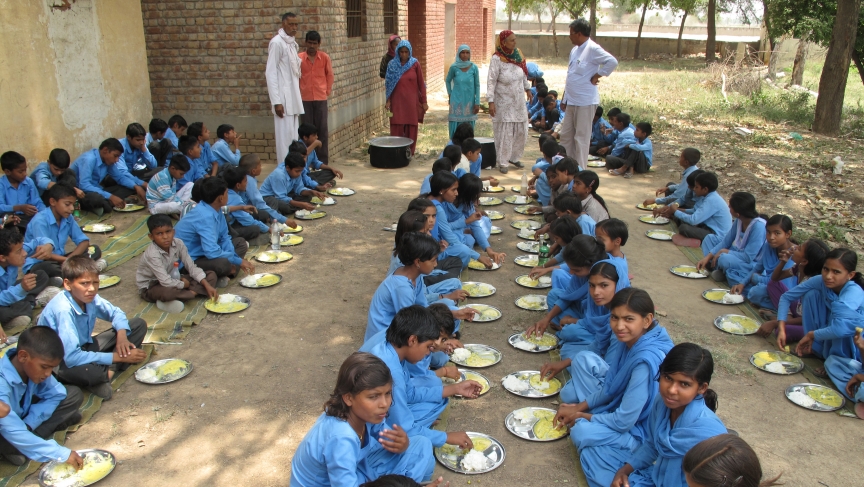
In July 2013, 23 children at a school in the Indian state of Bihar died after eating food contaminated with pesticides. The contaminated meal was provided by the school as part of India's nation-wide Midday Meal Scheme, the largest free school lunch program in the world.
The tragic incident exposed some of the failures of the program and drew heavy criticism from both Indian and international media. Corruption, mismanagement, and poor monitoring have kept the program from becoming a powerful tool for rescuing poor children from chronic hunger, malnutrition and lack of education. But what was left out of most media reports at the time were the well-documented successes of the program. As economists and social scientists have shown, it has improved nutrition, increased enrollment in schools, and improved learning.
The success of the program varies from state to state, but by and large, it has benefited some of the poorest, most hunger-stricken parts of India. It has also employed an estimated 2 million poor and marginalized women, many of them widows, who work as cooks and helpers. And it is slowly helping erode caste barriers by forcing upper-caste kids to eat food cooked by lower-caste women.
Journalist Rhitu Chatterjee takes an in-depth look at this program in various states, documenting its successes and shortcomings.











